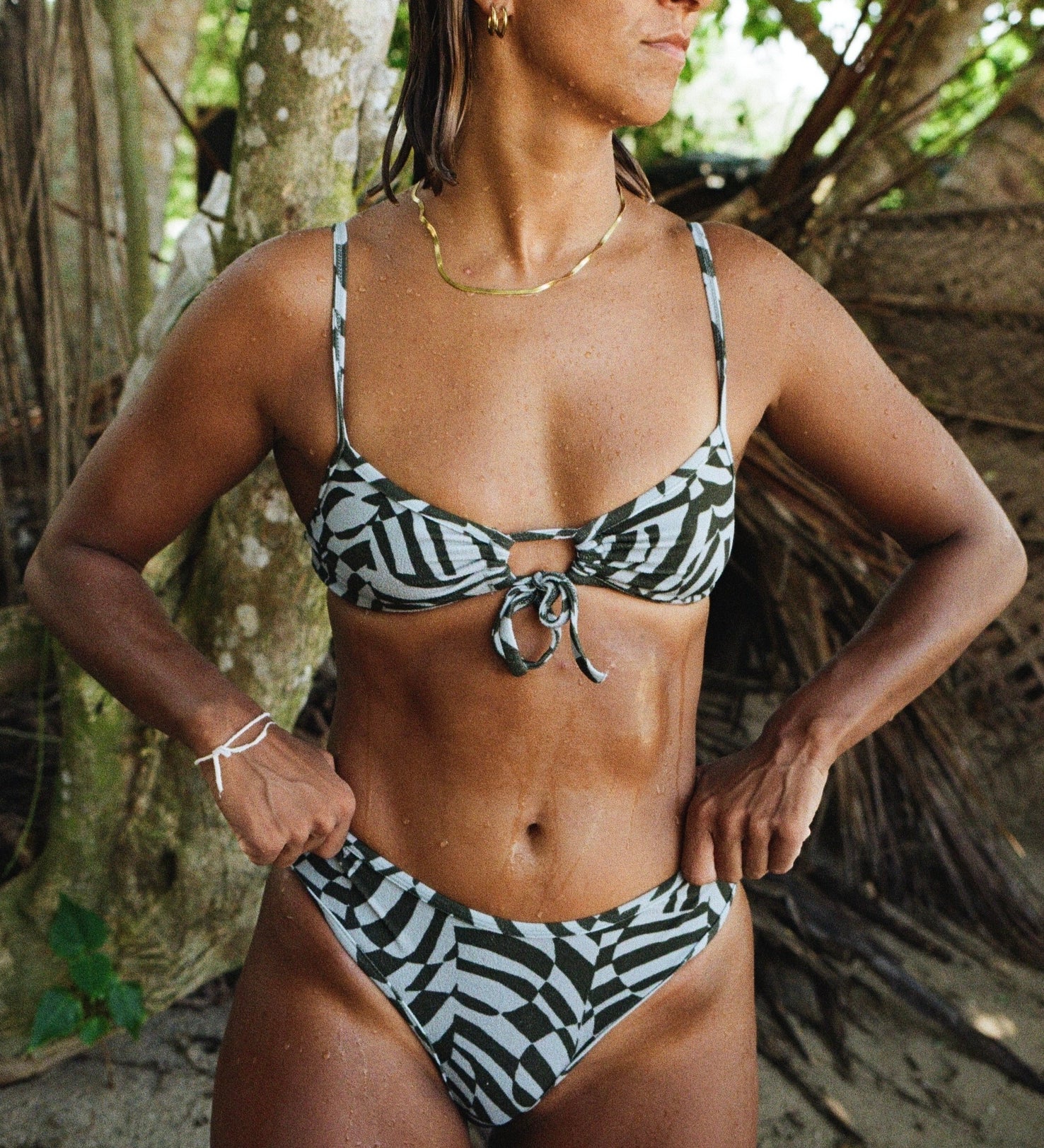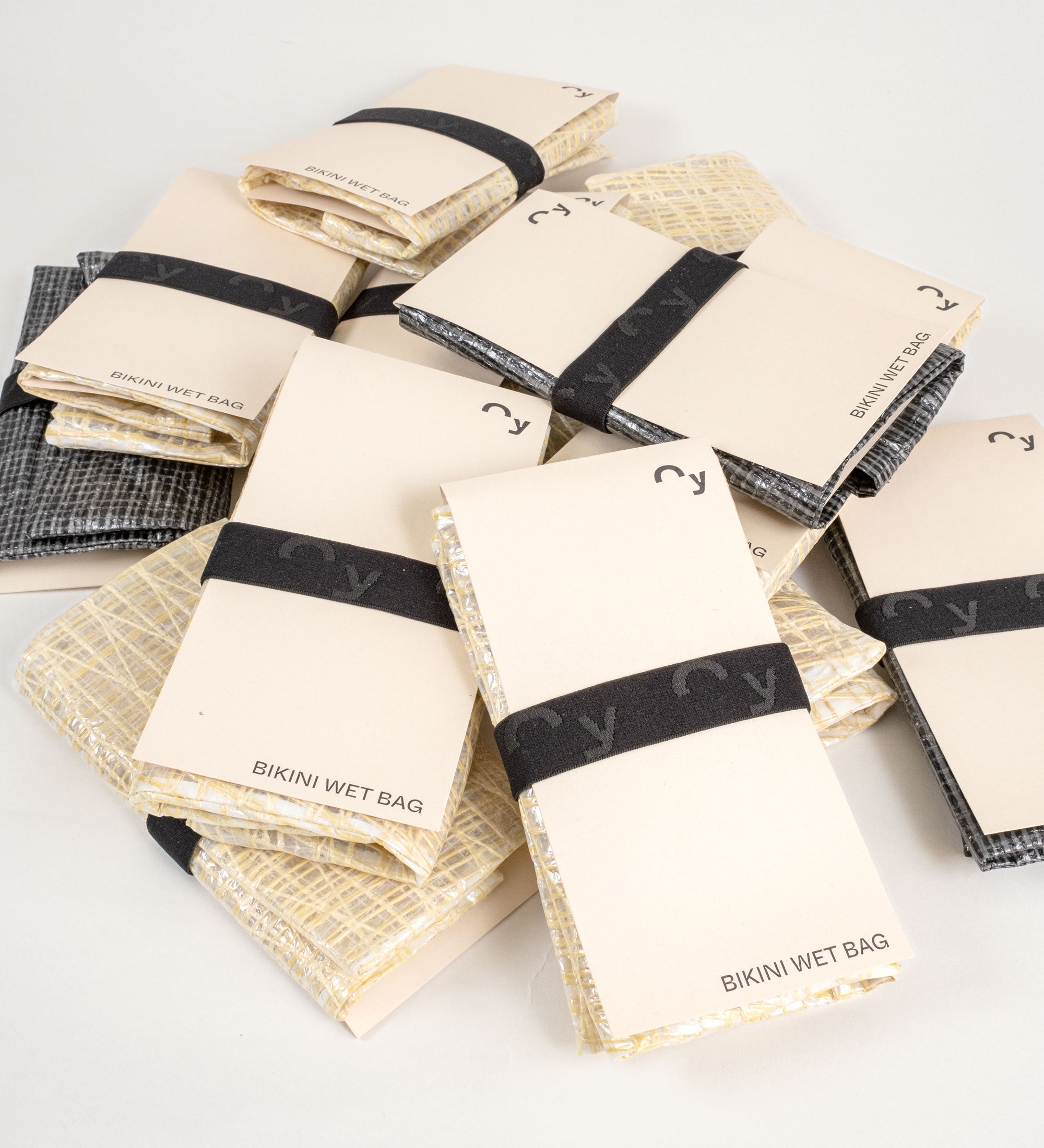Deep Dive into Sustainability

The textile industry is considered one of the most environmentally damaging sectors. The environmental impact of a textile arises along its entire life cycle: from raw material extraction and fiber production to further processing, trade, use and disposal. We can’t forget transport and packaging either.
Every year, the global textile industry is responsible for emitting 1.2 billion tons of greenhouse gases into the atmosphere. That is more than the combined emissions of international air traffic and shipping on the oceans. Up to one kilo of chemicals is needed to produce one kilo of textile. Many of these substances are difficult to break down and end up in wastewater and ultimately in the sea. The good news is that awareness of sustainability aspects in fashion has reached the minds of consumers. 65 % of consumers want to buy more durable products in the future.
As a manufacturing brand, we are always in a conflict between consumption and sustainability. We want to have as little impact on the environment as possible and sell our products at the same time. So, as a brand, we see it as our duty to constantly inspire and set a good example, especially when it comes to sustainability. We’re always looking out for new innovative materials that are ideally based on natural resources or at least don’t use any virgin oil-based resources. Our goal is to produce products with the lowest possible impact on nature that are still high performance and let you enjoy surfing.
Last year we had the absolute pleasure and honor to be part of a master’s thesis examining the environmental impacts of swim and surf wear and the differences between the various materials. We’re very happy to share what we were able to learn.
Impacts of recycled materials
The purpose of functional swimwear is movement in the water. The main requirements include elasticity, a good fit, UV protection, durability and a fast drying time. Due to that, only fabrics made of synthetic fibers are used for the production of functional swimwear. The most commonly used ones are Polyester (PES), Polyamide (PA), such as Nylon, and Elastane (EL). They are very durable when properly cared for, and their production uses only small amounts of water. However, the global production of synthetic fibers requires about 0.8 % of the crude oil extracted each year. Fiber production is energy-intensive and uses toxic chemicals. Apart from that, fabrics made of synthetic fibers lose microplastics when washed. Every year, 1.5 million tons of microplastics enter the world’s oceans. Take a look at our Guppyfriend on our website: a wash bag for synthetic textiles to filter microplastics. The use of the wash bag reduces fiber loss when washing completely synthetic clothing by 86 %.
Oy’s decision not to use virgin oil-based materials altogether is proving to be the right choice, as the life cycle assessment shows that fibers made from recycled material have around 90 % lower global warming potential than virgin material!
Impacts of shorter transport distances
Depending on the country of production and the means of transport, especially in the case of freight by air or water, fuel consumption is also a driver of climate impact through CO2. To keep transport distances as short as possible, we moved our production site from Bali to Portugal. This way, our recycled yarn from Italy reaches our production site quickly, and the distance between Portugal and Switzerland or Germany can also be minimized. Consequently, our transport distances are reduced to a total of 6,500 km. Just as a comparison: only the flight distance between Zurich and a production site in Bali would already be more than twice as long.
Impacts of correct washing
On average, a bikini is washed 15 times per year. For the sake of the environment and the product, the number of wash cycles per year should be reduced to 5. If we assumed that the bikini is worn for 5 years, this would result in a total of 25 wash cycles. In addition, the standard electricity should be replaced by green electricity. The greatest reductions achieved by these two measures were in water pollution (-28.2 %) and global warming potential (-14.8 %). The reduction from 15 to 5 washing cycles per year minimizes the environmental impact over the utilization phase of five years by -66.7 %, the choice of green electricity by -9.4 %.
Impact of enabling the bikini a new life cycle
You no longer want your old swimsuit, even though it’s still good. How does the overall balance change if you resell or give it to someone else instead of throwing it away? Well, almost 100 % of the savings benefit the global warming potential, since the bikini would otherwise be burned.
So, let’s summarize the easiest measures to improve your personal impact on nature:
- Buy fewer but more sustainable and long-lasting products
- Wash less and use a Guppyfriend
- Use green electricity
- Sell or gift your old clothes instead of throwing them away
- AND: read and talk about sustainability to raise general awareness
- Tags: Nachhaltigkeit







